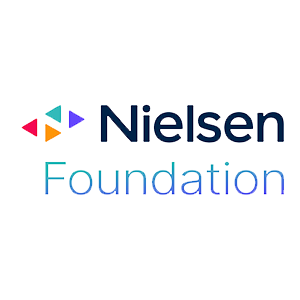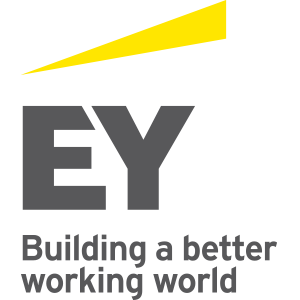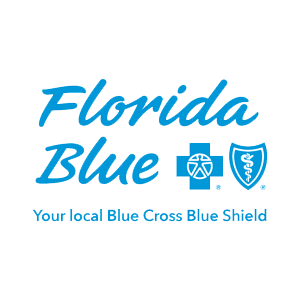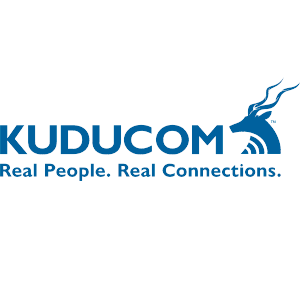An Introduction to SEO and SEM for Startup Businesses by Amanda Peterson, Contributor at Enlightened Digital.
You’ve built a business, and now your website is up and running. But how can you drive traffic to this site? One way is by optimizing it for search engines. There are two different ways to increase a site’s ranking in search engine result pages: optimization (or SEO) and marketing (aka SEM). SEO is a low cost but high reward strategy for your company. Although SEM does require some monetary investment, it aims to quickly rank your website in search results. In this piece, you can learn more about which option would be best for your business.
Search Engine Optimization (SEO): Something to Start Now
This tactic is the process of receiving organic traffic from major internet search engines such as Google, Bing, and Yahoo. The goal of SEO is to have your business’s website ranking at the top of the first page of results. This way, you can push traffic to your website without paying for it. Some of the factors that go into a good SEO ranking include the quality of website content, the placement of keywords or key phrases, and the use of links pointing to other websites.
In the long run, SEO helps set your website for success. Keep in mind, you can hire an SEO firm to help with the initial kickoff of this process. SEO is an ongoing practice, and it can take some time before results are shown. Plus, search engines are continually changing and updating their measurements to provide the best results for internet users.
If you do SEO in house, it can be free of charge. Plus, many of the tools to measure the success of your efforts are free. For example, Google Analytics can help you identify where your website traffic originates, what pages are the most popular, and other useful insights for improvements. Other online tools can provide helpful data on what you can use to improve your ranking.
Search Engine Marketing (SEM): When You Have a Budget to Play with
SEM differs from SEO because you are paying to improve your ranking in results. If you’re a startup that needs to attract traffic to your website quickly or has to gain traction for your business, this option is worth pursuing. For a small fee, you can run ads that appear on the top or bottom of the first page of search pages.
Compared to SEO plans that can take a long period of time to show results, SEM can improve visibility for your website and bring customers to your site for a visit in a matter of days. You are in control of how much you want to spend and can cancel an ad in seconds if it’s too costly. Plus, the ads give you analytics data for improving future placements.
No matter which option you choose, both SEO and SEM can provide you with helpful information to use for other promotions. You can identify where your customer base is located, what their ages are, and even the amount of time they typically spend on your site. Not to mention, the higher you rank in search results, the stronger your customer trust can grow—when was the last time you trusted a website from the eleventh page of results? Plus, these options can aid in meeting business goals and can become a source for targeting leads. SEO and SEM are important practices to implement when you’ve launched your website. Optimizing your site builds authority in search engine results and leads to more people finding you quickly. Paying for positions in results leads to a fast way to bring in new people; in addition, you can play around with your budget without overspending. The bottom line is, these tools can vastly help your startup within internet searches.
Author Bio: Located in New York City, Amanda Peterson is a software engineer and contributor at Enlightened Digital. When she’s not working, you can find her in a record store or at home binging on Netflix with her Puggle, Hendrix.



















